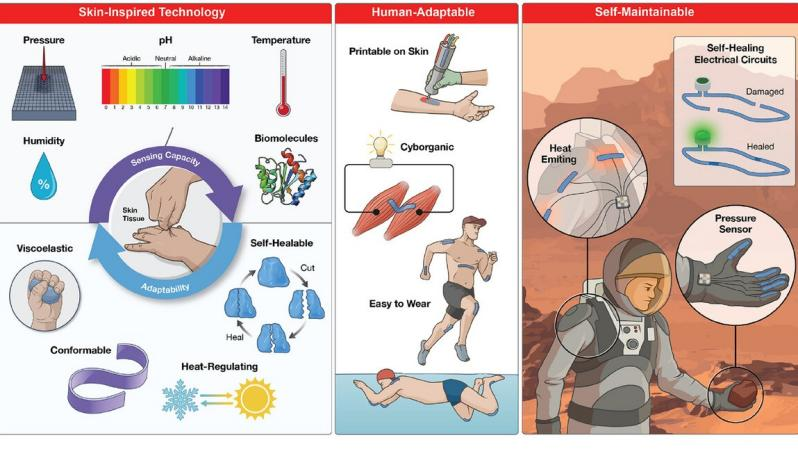Imagine electronic devices that can self-repair like human skin. According to foreign media reports, researchers at the Technical University of Denmark (DTU) have developed a new material that combines flexibility, toughness, and self-healing properties, which may find applications in healthcare, robotics, and more. This innovation successfully overcomes the limitations of current rigid and brittle electronic materials that cannot self-repair. The researchers employed an innovative approach by combining graphene (a two-dimensional carbon material known for its high strength and conductivity) with the excellent characteristics of the transparent polymer PEDOT:PSS (also conductive and used in flexible electronics, sometimes serving as a transparent electrode in solar cells). When these two materials are mixed, the initially fragile gel-like substance transforms into a robust, flexible electronic material with self-healing capabilities. Alireza Dolatshahi-Pirouz, an associate professor at DTU's Health Technology Institute, stated, 'Today, devices with self-healing, flexible, and responsive characteristics often struggle to seamlessly integrate these properties into a single, scalable platform. I believe we have achieved this goal. The skin-like material we developed is versatile, possesses ideal tactile properties, and is specifically designed for electronic applications. This breakthrough is expected to open the door to more advanced and adaptable technologies, allowing them to integrate more closely with the human body and surrounding environment.' Related research was published in the journal 'Advanced Science.'
Researchers Develop Self-Healing Electronic Material Inspired by Human Skin

Share this post on: